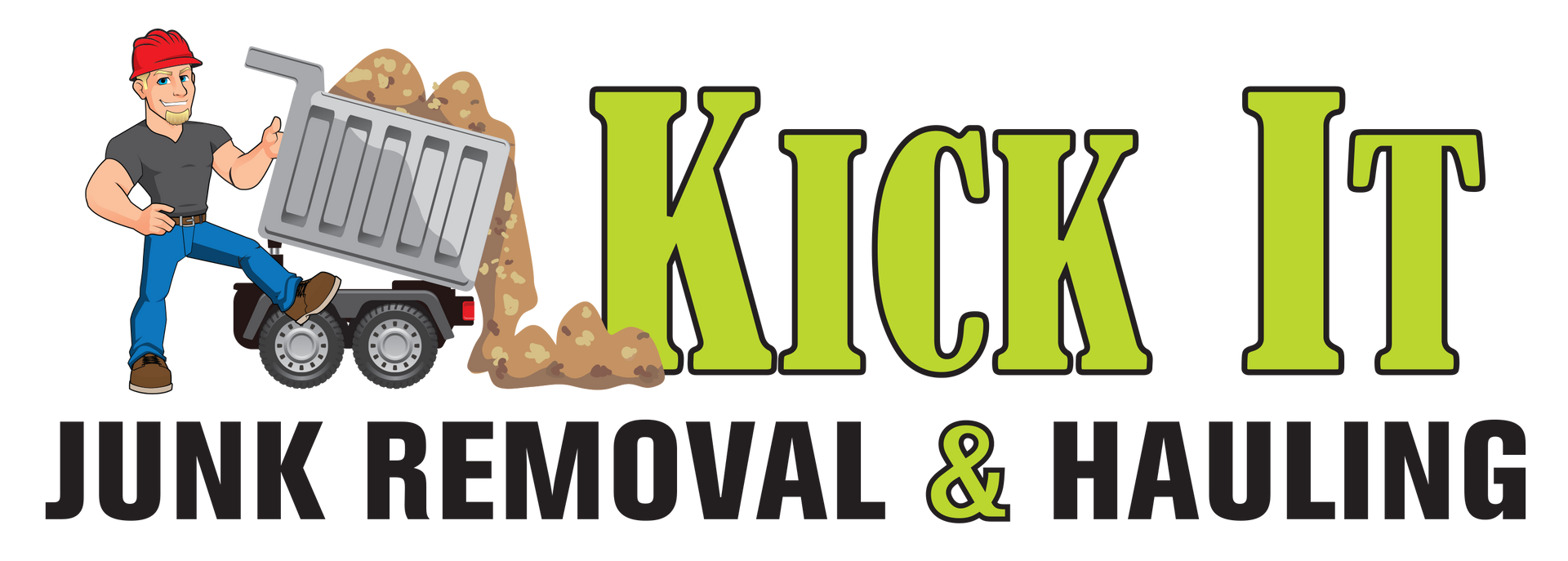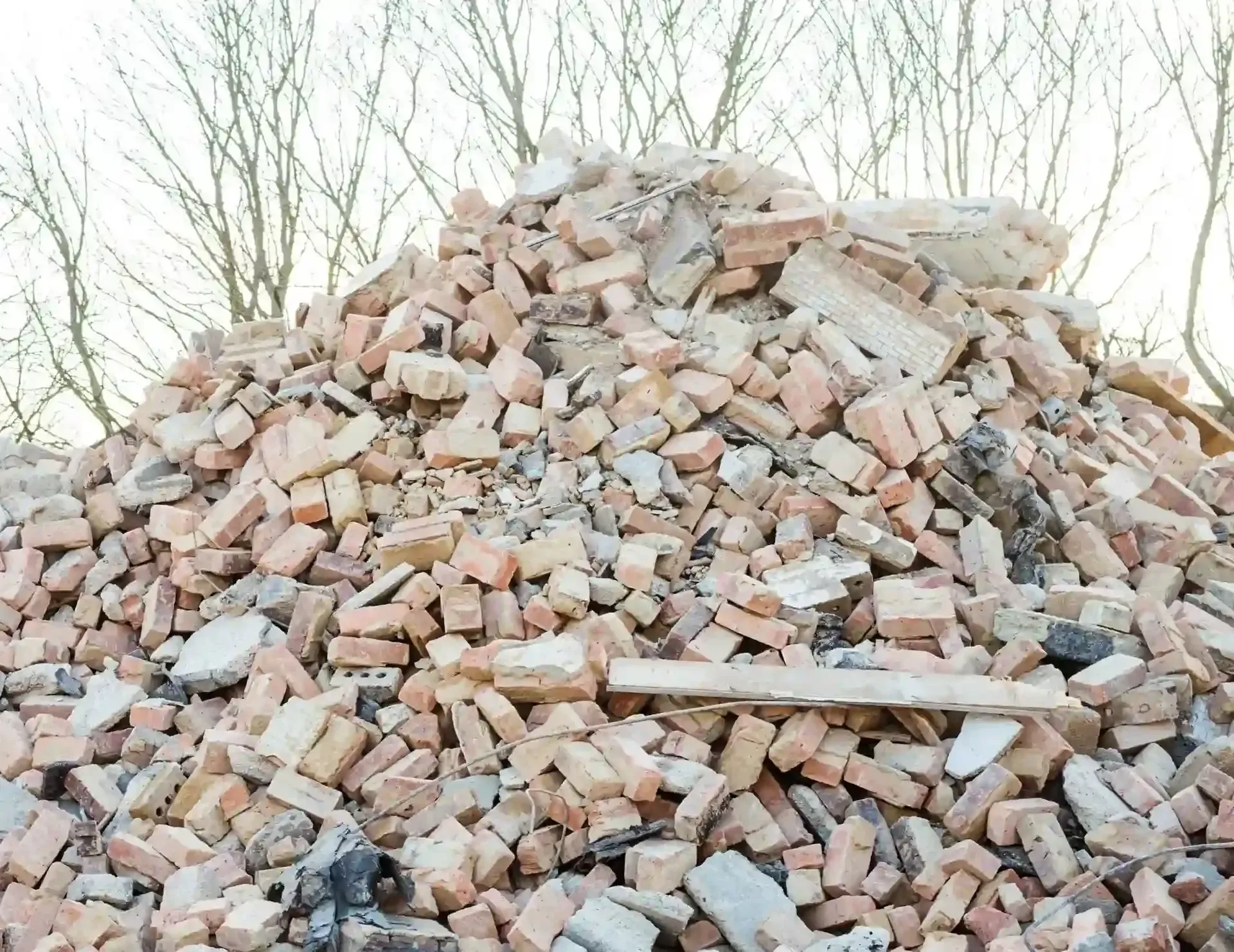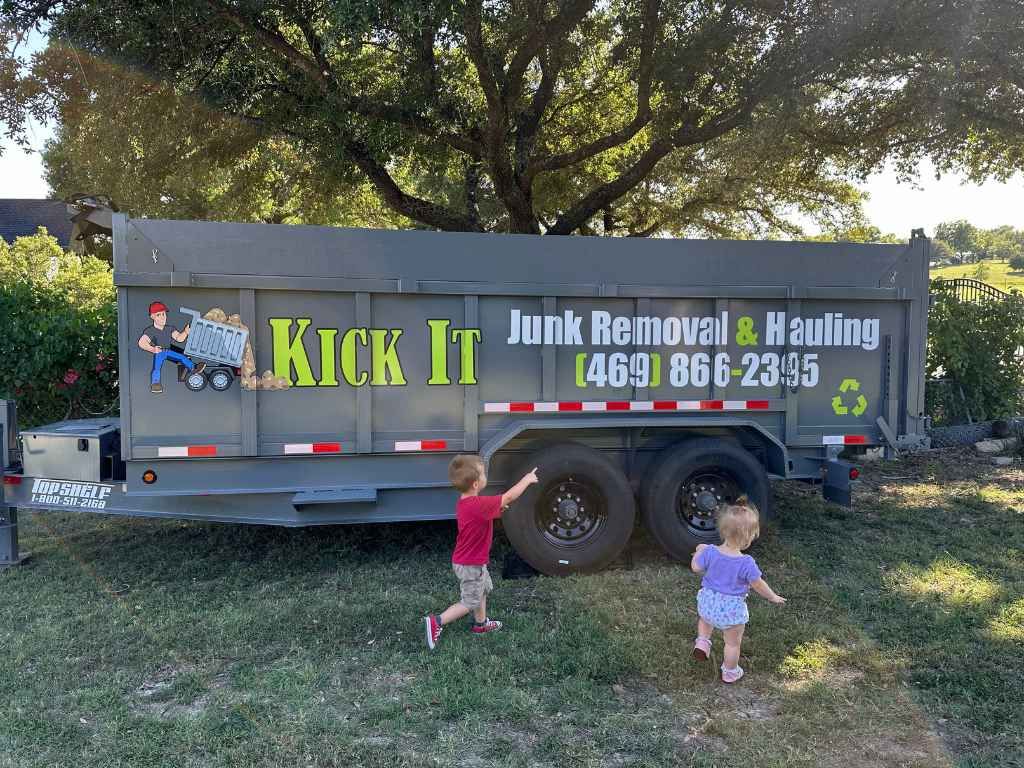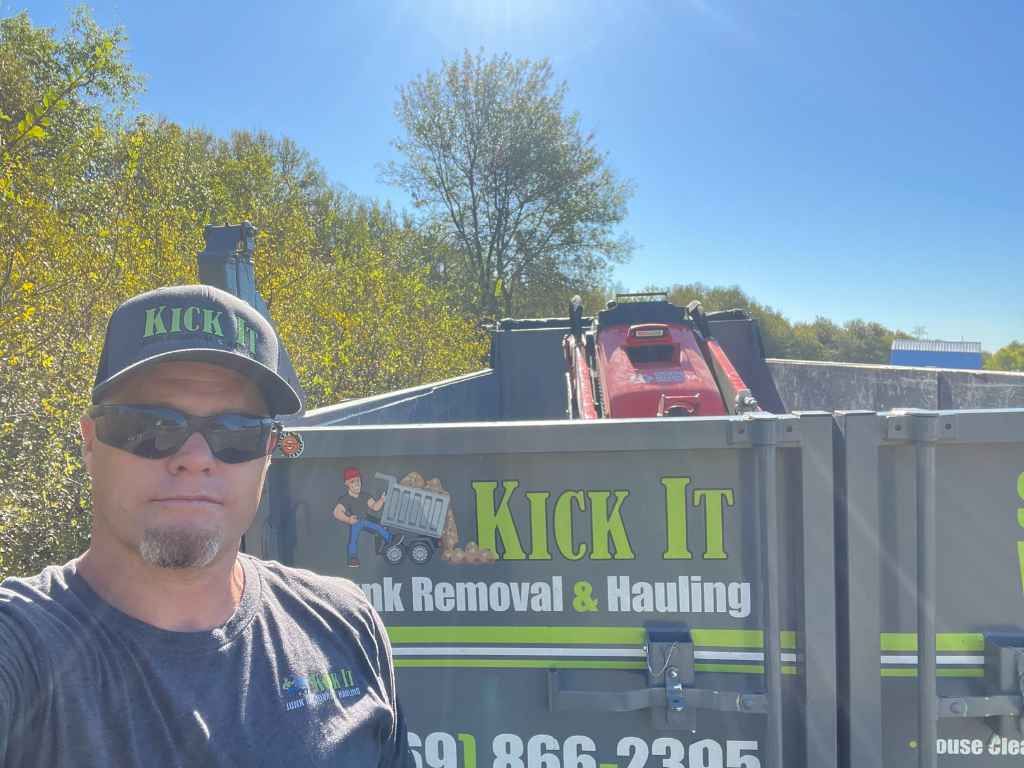Best Practices for Flooring Removal
Flooring removal is a crucial step when it comes to home renovations or remodeling projects. Whether you’re updating an old kitchen, revamping your bathroom, or preparing to sell your house, properly removing the flooring ensures a smooth, effective transition to new materials. But the process isn’t as simple as just tearing up the old floor. The method and tools used can make all the difference, both in terms of efficiency and safety. In this guide, we will explore the best practices for flooring removal that will help you achieve a clean slate, without the stress and hassle that often accompanies this task.
Understanding Different Flooring Types
Before diving into the actual removal process, it’s important to understand the different types of flooring and the methods that are best suited for each one. Each material requires a specific approach to ensure a smooth removal process without damaging the subfloor underneath.
Tile Flooring
Tile is durable, long-lasting, and typically easy to clean, which is why it’s a popular choice for kitchens, bathrooms, and entryways. However, removing tile can be tricky, especially if it has been installed for several years. You’ll need to use the right tools and approach to ensure you don’t break the tile into hundreds of small pieces or damage the floor below.
A chisel and hammer are often used to pry up tile, but if you’re working with thin-set mortar, this can be a labor-intensive and frustrating task. For larger or more stubborn tiles, you might need to rent a floor scraper or a tile removal tool to make the job easier. Once the tiles are removed, you’ll need to scrape away any mortar left on the subfloor, which can be time-consuming.
Hardwood Flooring
Hardwood floors are beautiful, but they’re also delicate. If you’re trying to salvage the hardwood for resale or reuse, you’ll need to be extra careful. The typical method for removing hardwood is to use a pry bar, gently lifting the planks away from the nails or staples holding them in place. Depending on the method used to install the flooring, it may be easy to remove the individual planks, or you may need to use a crowbar to get leverage.
A hammer and floor scraper are useful tools for lifting the planks, but you’ll also need to pay attention to the edges of the wood. A misstep could cause cracking, which could destroy the wood’s potential for reuse.
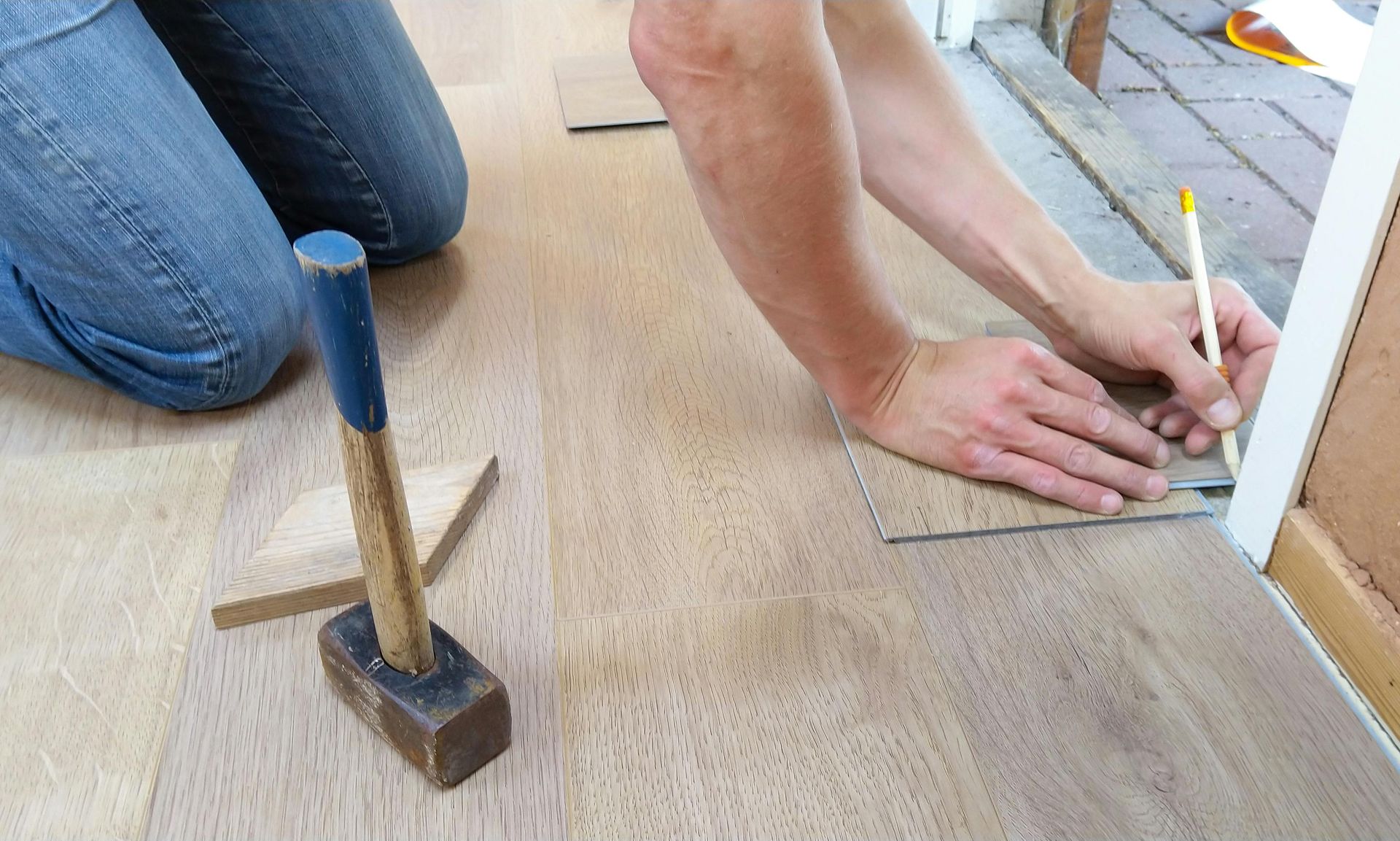
Carpet Flooring
Carpet removal is usually the least complicated of all flooring types, but it can still present challenges depending on the style and how it was installed. The first step is to pull up the carpet from the corners. Be sure to wear gloves and long sleeves, as staples and nails may be lurking beneath the surface.
If the carpet was installed with tack strips, you’ll need a crowbar or pry bar to carefully lift them. Afterward, remove any remnants of padding and nails left behind. While the carpet removal itself is simple, the task of removing glue or adhesive from the floor underneath can be more difficult. Use a floor scraper to remove any remaining adhesive to leave a smooth surface.
Vinyl and Laminate Flooring
Vinyl and laminate flooring have gained popularity due to their affordable prices and variety of styles. However, removing them is a different process than for other flooring materials. If you’re working with glued-down vinyl, use a utility knife to cut the material into manageable strips. For peel-and-stick vinyl, you may be able to pull the sections off by hand.
Laminate flooring, on the other hand, typically clicks into place, which makes removal fairly straightforward. Simply lift the planks up and remove them carefully. You may encounter some resistance in areas where the boards have become glued down, so having a floor scraper or pry bar nearby can help.
Concrete Flooring
If you’ve ever had the daunting task of removing a concrete floor, you know how labor-intensive it can be. This type of flooring usually requires a heavy-duty jackhammer or floor grinder to break up the surface. For smaller sections of concrete, a sledgehammer or a pneumatic hammer might be all that’s necessary.
Once the concrete is broken up, be prepared to dispose of large debris, as it can take up significant space in your disposal bin. If you’re looking to remove a polished concrete surface, a professional may be required for the job, as it often involves special grinding techniques.
Preparing the Room
Once you have a clear understanding of the flooring material and removal method, it’s time to prepare the room. The preparation phase is often underestimated, but it is a crucial step in ensuring a successful and efficient flooring removal process.
Clear the Area
Before starting, ensure that all furniture, appliances, and other obstructions are removed from the room. This includes things like rugs, curtains, and light fixtures. Having a clear space will make the process faster, more effective, and safer. It will also give you more room to maneuver the tools required for the job.
Protect the Surrounding Areas
When removing flooring, dust and debris are inevitable, and you don’t want to risk damaging walls, baseboards, or other features in the room. It’s a good idea to cover nearby walls and fixtures with plastic sheeting to prevent dirt from settling on them. You can also tape down cardboard or drop cloths to protect the subfloor from any potential damage.
Gather the Right Tools
Equipping yourself with the right tools is one of the most important steps in flooring removal. Depending on the type of flooring, you may need some or all of the following:
- Hammer or pry bar
- Floor scraper
- Crowbar
- Utility knife
- Heavy-duty gloves
- Safety glasses and a dust mask
- Sledgehammer or jackhammer (for concrete)
- Chisel for tile removal
- Bucket for debris
Having the proper tools at hand will help you avoid frustration and ensure the job is done safely and correctly.
Flooring Removal Techniques
With preparation underway, it’s time to delve into the specifics of how to remove each type of flooring. The methods vary, but in all cases, patience and attention to detail will be your best friends.
For Tile Flooring
Start by using a utility knife to score the grout around the tile edges. Once the grout is broken, use a hammer and chisel to pry up the tiles. For tougher, more stubborn tiles, you might want to rent a heavy-duty tile scraper that uses a rotating blade to remove larger sections of tile quickly. Don’t forget to remove any remaining adhesive or mortar with a floor scraper, as this will help create a smoother surface for the new flooring.
For Hardwood Flooring
With hardwood floors, your goal is to remove the planks without damaging them. Start by prying up the edge of the plank using a pry bar, and work your way along the boards. Be careful not to damage the surrounding floor, as this could result in costly repairs later on. If the boards are secured with nails, a hammer and nail puller can help you remove them. It’s best to work slowly and methodically, removing one plank at a time.
For Carpet Flooring
The most efficient way to remove carpet is to start at one corner of the room and pull it up. Use a utility knife to cut the carpet into manageable sections, then use a crowbar or hammer to remove any nails or tack strips along the edges. For glued-down carpet, a floor scraper will help loosen the adhesive. Be cautious when handling the carpet, as old carpet can harbor dust, allergens, and debris.
For Vinyl and Laminate Flooring
Vinyl flooring is usually simple to remove, especially if it’s peel-and-stick. Begin by cutting it into manageable sections with a utility knife. Once you’ve removed the majority of the vinyl, use a floor scraper to remove any remaining adhesive. For laminate, simply pop the planks out of place by lifting the edges and working your way around the room. Some laminate floors may require a little extra work if adhesive was used during installation.
For Concrete Flooring
For concrete floors, the process can be more involved. Use a heavy-duty hammer and chisel to crack large sections, or rent a floor grinder to tackle the surface more effectively. Concrete removal is messy and requires proper ventilation, so be sure to wear protective gear like goggles and a dust mask. A jackhammer is often the most efficient way to handle large areas, but it requires experience to use safely.
Disposal and Clean-Up
After all the flooring has been removed, the clean-up process begins. Flooring removal often results in a lot of debris, and getting rid of it can be a challenge. It’s important to have a plan for disposal, as certain materials may require special handling.
Check with your local waste management service to determine the best way to dispose of flooring materials. Many municipalities have designated drop-off sites for construction and demolition debris. In some cases, it may be worth looking into hiring a junk removal company to handle the heavy lifting and disposal.
Conclusion
Removing flooring is no small task, but with the right preparation, tools, and techniques, you can make the process as smooth as possible. By following the best practices outlined in this guide, you’ll be well on your way to creating a blank canvas for your next home improvement project.
If you’re in need of professional flooring removal services, you can count on Kick It Junk Removal & Hauling to handle the job with ease. Located at 14339 Stanley Lane, Forney, Texas 75126, United States, we specialize in quick and efficient flooring removal services. Reach out to us at 469-866-2395 or email Paul@kickitservices.com for a hassle-free experience!
